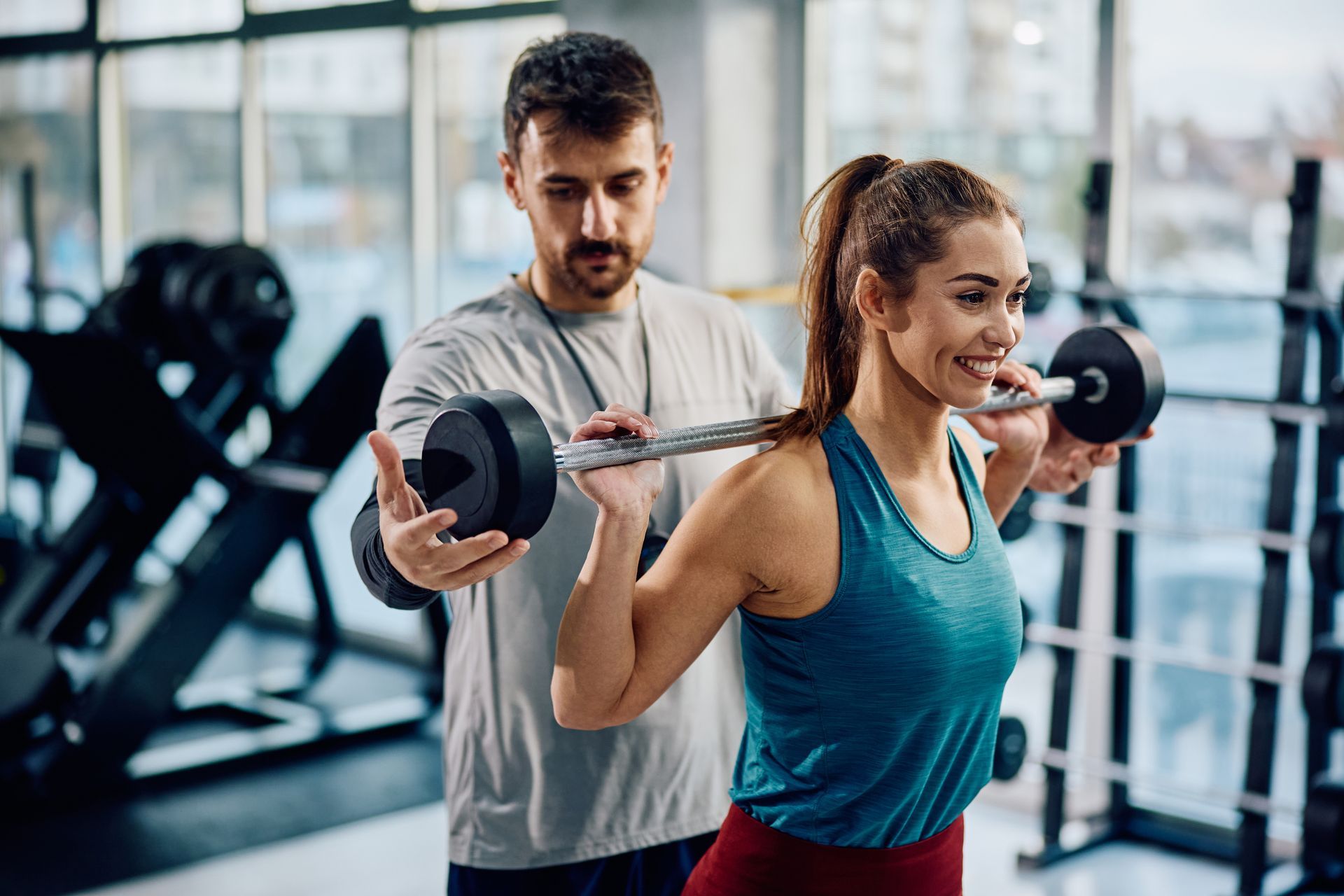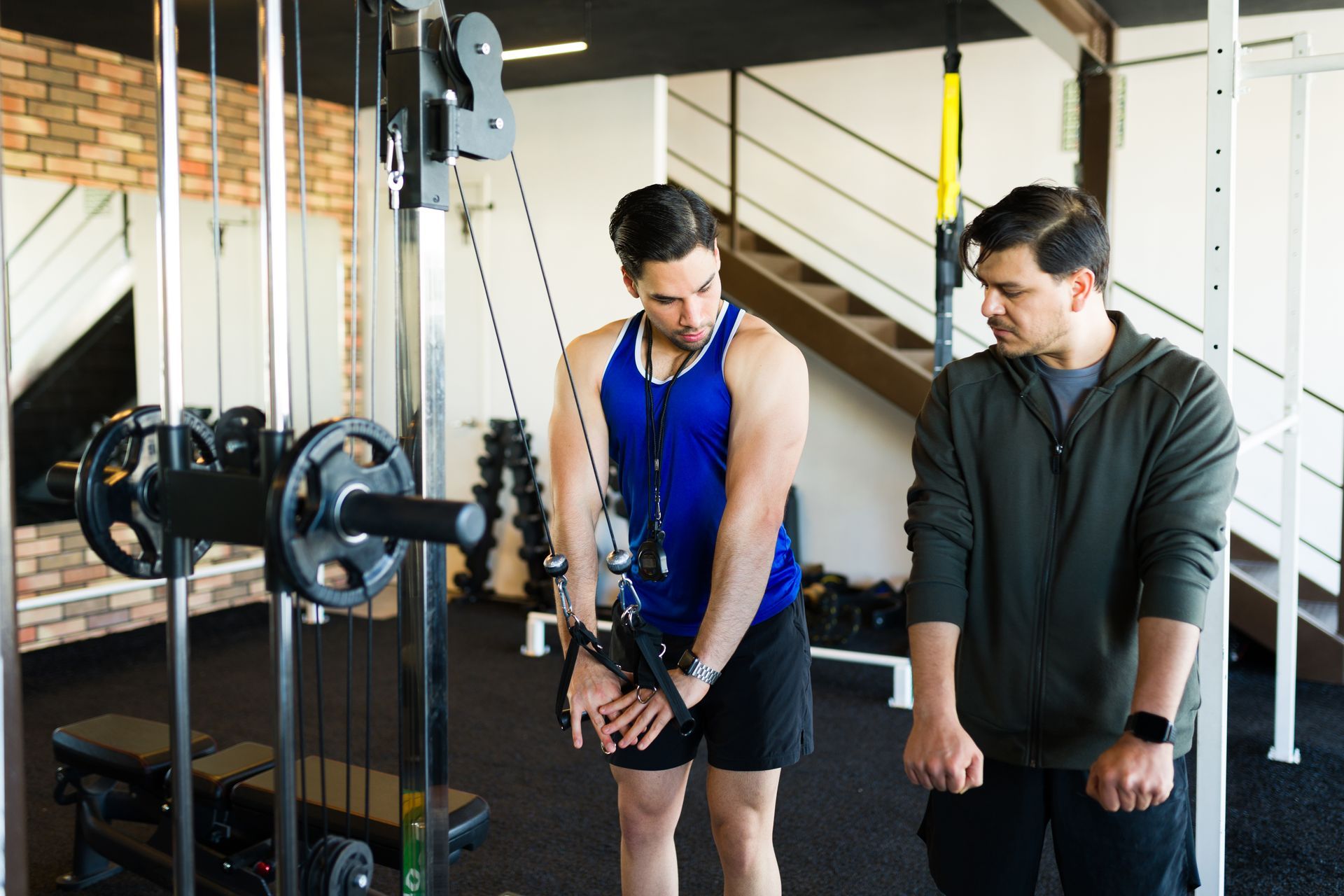December 23, 2020
How COVID Has Affected My Overall Fitness
How COVID Has Affected My Overall Fitness
Like many people, the lockdown affected me. Although I tried my best, life circumstance just had me moving less and how I dealt with it had me leaning on comfort foods more. I generally walk around in life around a bodyweight of 195-200 lbs (what I like to call "thick fit"), but come the end of June, I found myself tipping the scales at 209 lbs...and feeling horrible.
It was then I flipped the switch. Instead of the aesthetic being my main goal, I started to focus on my health. With that focus, everything changed. And 4 months later, I find myself walking around at a bodyweight of 180-185 lbs, feeling a whole lot better, performing my absolute best in the gym and being ignited with energy. All of the inflammation that commonly plagued me is gone. I'm feeling spry! I haven't looked this lean and muscular since my days of competitive body building. And best of all, my self confidence is at a maximum. I'm wearing clothes I wouldn't have even thought of trying on 6 months ago.
How did I do it? There is a lot to this answer. But it generally all comes down to creating habits. Having daily tasks and meeting them without fail. In a nutshell, here is what that all consists of...
1. Training 5 days a week. My training changes phase to phase, so this could mean just 3 weight training days mixed with 2 high intensity interval days, 4 weight training days with 1 high intensity interval day, or 5 days of weight training.
2. Do Cardio...Sparingly. On top of the HIIT mentioned above, I did include some steady state cardio. Not every phase. But I definitely included it somewhere between 50-75% of the time. Remember...my focus was now on my health. And cardio-respiratory fitness is an important part of that. But I didn't go crazy. I'm talking about taking on 20 minutes at the backend of my workouts, anywhere from 3-5 days per week.
3. Lift HEAVY! 'Nuff said. I don't do any fluff work. I lift with purpose.
4. Carb and Calorie Cycle My Diet. I constructed my days to cycle my carbs and calories. It basically looked like this:
Sunday and Monday - Low Calorie, Moderate Carb
Tuesday and Wednesday - Low Calorie, Low Carb
Thursday - Low Calorie, Low Carb through day/High Calorie, High Carb Refeed at dinner.
Friday - Hyper Calorie Deficit, Low Carb AND Low Fat (mostly proteins, with some vegetables)
Saturday - High Calorie, High Carb (with ONE Cheat Meal at night where I ate whatever I wanted)
Once I had the above plan in place and found the foods that I could be consistent with, all I had to do was execute. I didn't think about it. I didn't suffer. I didn't feel deprived. And I haven't stopped since.
5. Drink TONS of Water. A low for me would be about 80 ounces per day. But more than not, I was getting a gallon or more in a day.
6. Make Use of Caffeine/Coffee. Caffeine acts not only as a stimulant, but also can keep hunger at bay. I'm not recommending this. I'm just telling you what I did. I wouldn't say I overdid caffeine use, though. I averaged 2-3 cups per day.
7. Got Adequate Sleep. This can NOT be overlooked. Especially when talking about prioritizing health. I'm not necessarily just looking at the quantity of sleep. I'm looking at the quality of sleep. I made sure to get both, as my body needs.
There are so many more variables to the plan, but that pretty much covers the basics. I created a plan that I could be consistent with. I had a bigger "why" as to what motivated my execution. I made a promise to myself and stuck to it. And I've far exceeded my goals...and I feel great.
I've lost 30 lbs and I feel great. And now not a day goes by where someone doesn't tell me how great I look (this is a very cool byproduct).
If you are ready to make the same change for yourself, I'm here to help. Contact me if you are interested in becoming either one of my in-person training clients or part of my online coaching program.





